
Our Blog
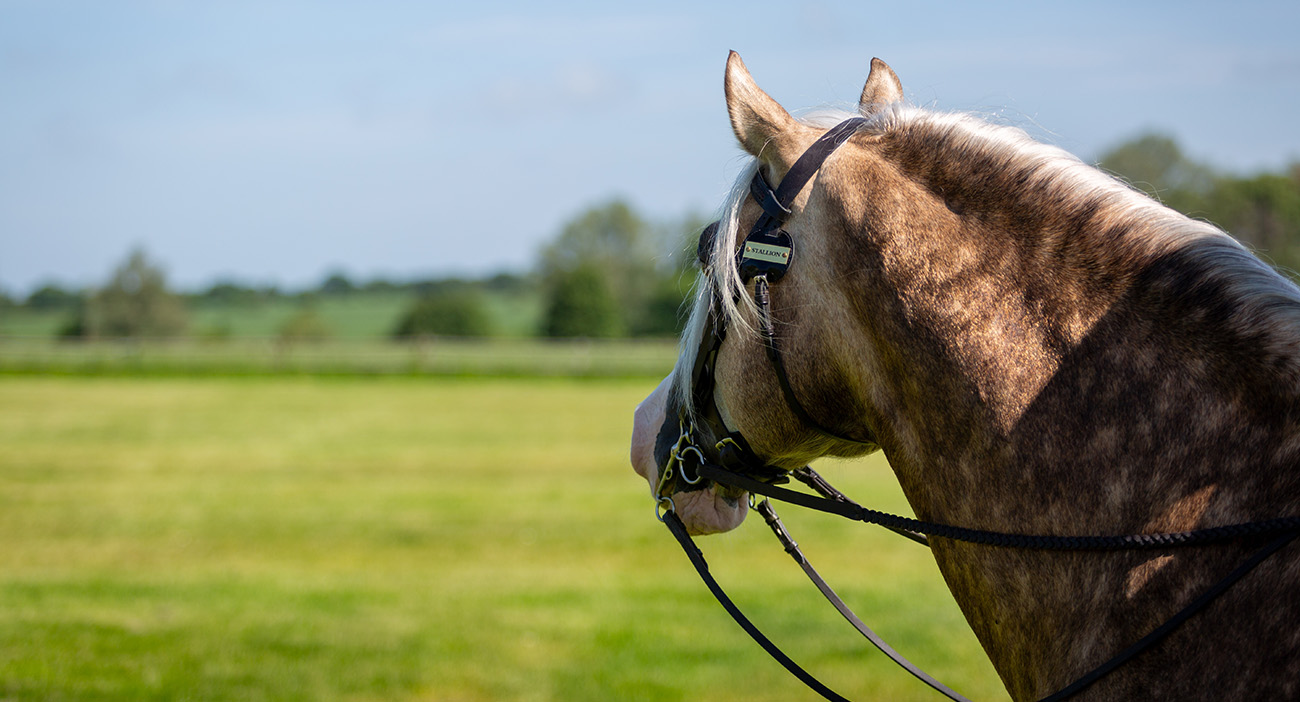
November 23, 2022
How To Body Condition Score Your Horse
As a horse owner, it is important to monitor your horse’s weight, to ensure they don’t become over, or underweight. Appropriate weight monitoring allows you to manage your horse’s care better, especially when it comes to areas such as rugs, stabling and feeding.
By monitoring your horse’s weight, you are also able to know “what is normal for your horse”. This ensures that you are then able to spot when something might be wrong, especially if there is a sudden change of weight. If you are able to spot this quickly, you can then take necessary measures such as getting a vet out, or worming your, for example.
With some studies suggesting that 85% of leisure horses are overweight*, it has become more important than ever to be monitoring your horse's weight to prevent any resulting health conditions. Obesity in horses puts unnecessary strain on their limbs, resulting in an increased risk of joint and soft tissue injuries. It also puts further strain on your horse’s heart and increases the risk of laminitis.
One way to monitor your horse’s weight is by using body condition scoring.
What is body condition scoring?
Body condition, or fat condition, scoring is a way for horse owners and equine professionals to measure the fat distribution on your horse. Whilst it isn’t as accurate as a weight tape or a weighbridge, it is a good start for monitoring your horse’s weight. There are two body condition scores you can use, a scale of 0-5 or 1-9. It doesn’t matter which you use, as long as you consistently use the same scale (to ensure there are no discrepancies between measurements).
How do you use body condition scoring?
For this blog, we will use the 0-5 scale of body condition scoring**, 0 being emaciated and 5 being obese. When using a body condition score, you look at three areas on your horse: their neck, ribcage and rump.
When scoring your horse, there are a few things to consider:
Whether the “fat” on the neck is indeed fat or is it muscle?
Fat tends to be spongy and creases when the neck bends
When looking at the horse’s ribs, if you can only feel them, how hard do you have to press?
Normal for a healthy, fit horse is to have just slightly visible ribs
To consider the shape of the rump/hindquarters
To use the body condition score, look at your horse as a whole, and at the three separate areas. Then use the following scale to decide where your horse lies.
0 = Emaciated
If your horse scores a zero, you will see the following characteristics:
No fatty tissue will be seen or felt
Individual bone shapes will be visible
Your horse’s skin will be tight over their bones
Your horse will have an obvious ewe-neck
There will be a very prominent backbone and pelvis, and “sunken” rump
A deep cavity under the tail and large gap between your horse’s thighs.
1 = Thin
A thin horse will have the following characteristics:
Very little fatty tissue
Skin will be more supple than an emaciated horse
Shape of their bones will still be visible
Ewe-neck will be narrower
Ribs are easily visible
Backbone, croup and tailhead will be prominent
There will be a gap between their thighs
Sunken rump with a cavity under the tail
2 = Lean
A leaner horse will have:
A thicker layer of fat under the skin
Narrow neck
Sharply defined muscles
Withers, shoulder and neck accentuated
Backbone still protruding but with a layer of fat across the top
Rounded hip bones that are still visible
A sloping rump which is flat from the backbone to the point of hips. This may be rounded if your horse is fit
A small thigh gap (if there is one at all).
3 = Moderate
A horse classed as “moderate” under this scale will have the following characteristics:
A thin layer of fat under the skin
A more rounded, developing topline
Withers rounded over the tips of the bones, with the shoulders and neck blending smoothly into the body
A flat back (or one that forms just a slight ridge)
A thin layer of fat around the tail, with the rump/hindquarters starting to appear rounded
Hip bones are only just visible
4 = Fat
If your horse is fat, you will see (or be unable to see) the following:
Muscles hard to see beneath a fat layer
Spongy fat developing on the crest of the neck
Fat deposits forming along the withers, neck and behind the shoulder
Ribs covered by a spongy fat
Spongy fat forming around the tail
A well rounded rump
A gutter along the back
A rump that looks “apple-shaped”
5 = Obese
An obese horse will:
Take on a blocky, bloated look
Have a lack of visible muscles that are covered by fat
Have a pronounced crest that is covered in hard fat
Have pads of fat along the withers and behind the shoulders
Have an extremely obvious gutter along the back and rump
Have lumps of fat around the tail
Have bulging “apple-shaped” hindquarters
Have no gap between the thighs
What to do once you have body condition scored your horse?
It’s important to body condition score your horse regularly, to know that you have their management correct for maintaining the correct weight. If you body condition score your horse and they have put weight on, you know you either need to increase their exercise or reduce the amount of feed (particularly hard feed) that you give them. Equally, if your horse is underweight, you know you may need to increase their feed ration.
It is important to remember to make any changes to your horse’s feed gradually. Smaller changes in diet could be made over a period of around two weeks, whilst larger changes in diet will need to take longer. This will reduce the risk of colic and other gut-related issues your horse could experience.
*https://www.horsehealthprogramme.co.uk/managing-your-horses-weight/
** Dengie Horse Feeds
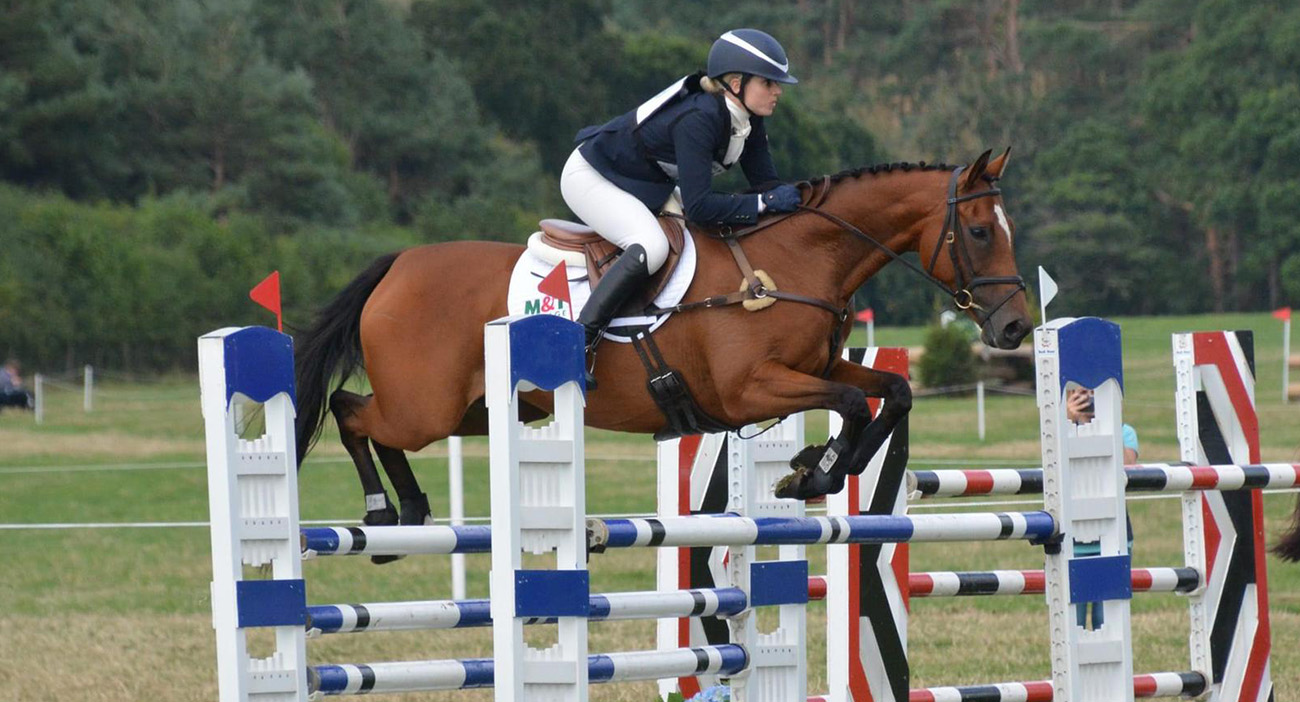
April 4, 2024
Eat, Sleep, Compete, Repeat
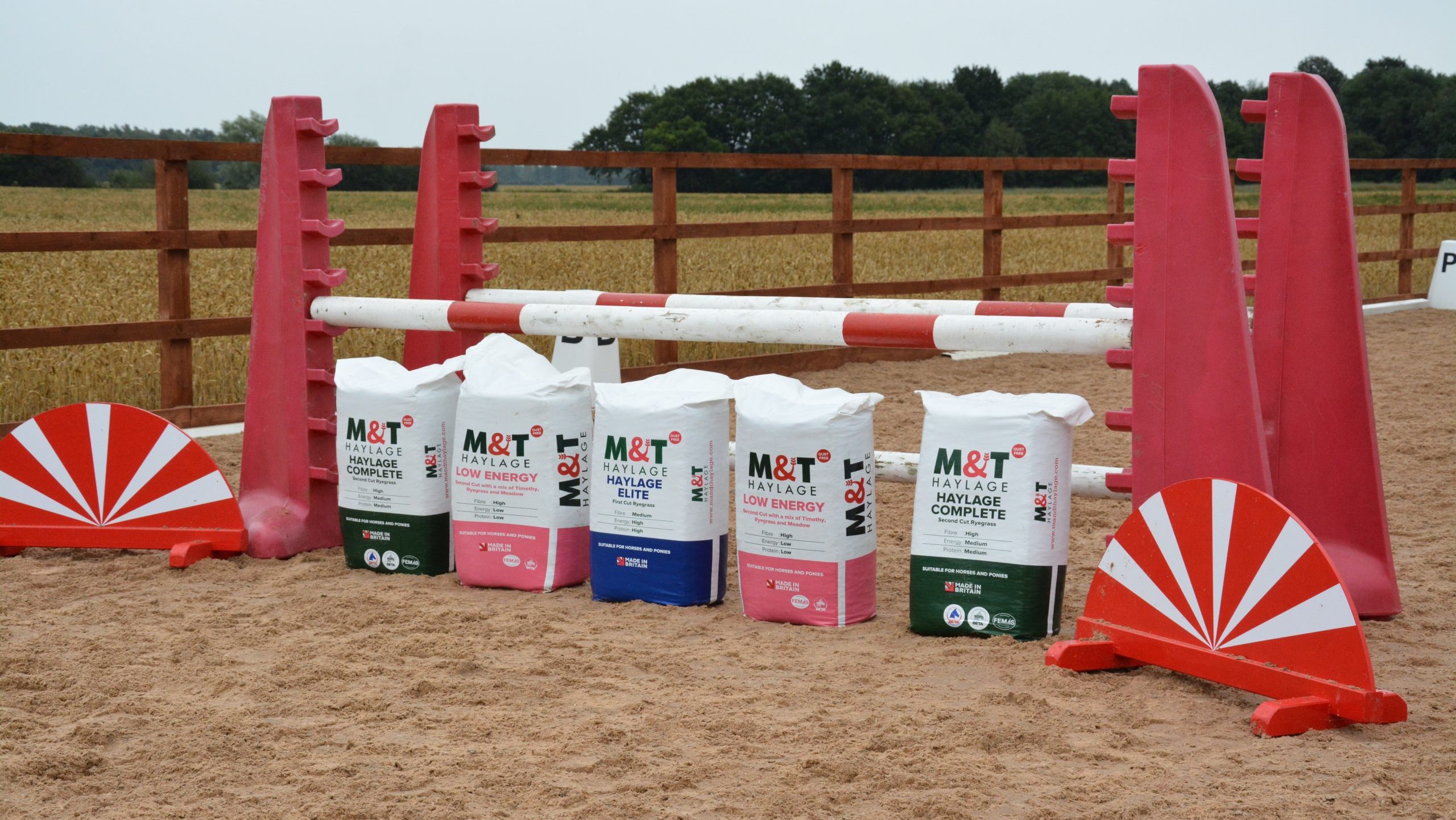
March 8, 2024
Top Tips For Managing Forage On The Go: Part Two

March 8, 2024
Consistency Is Key for Horses
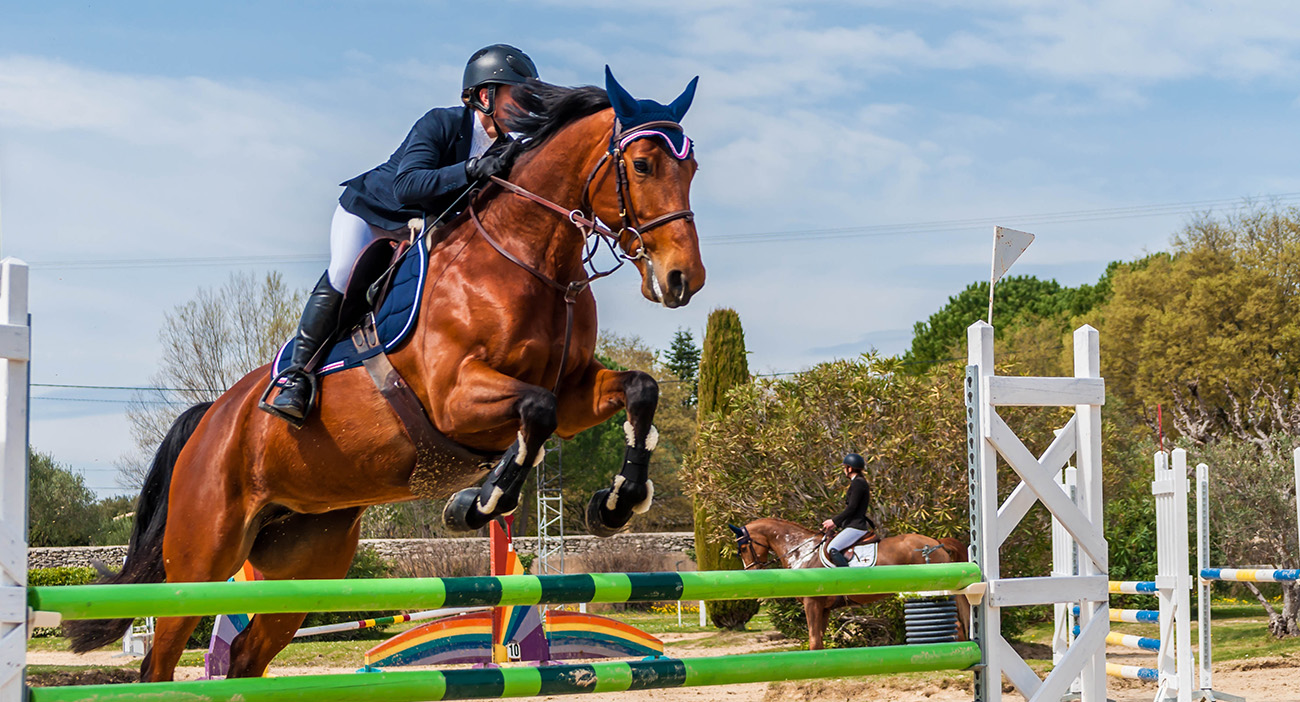
February 19, 2024
Don’t Underestimate The Value of Preparation
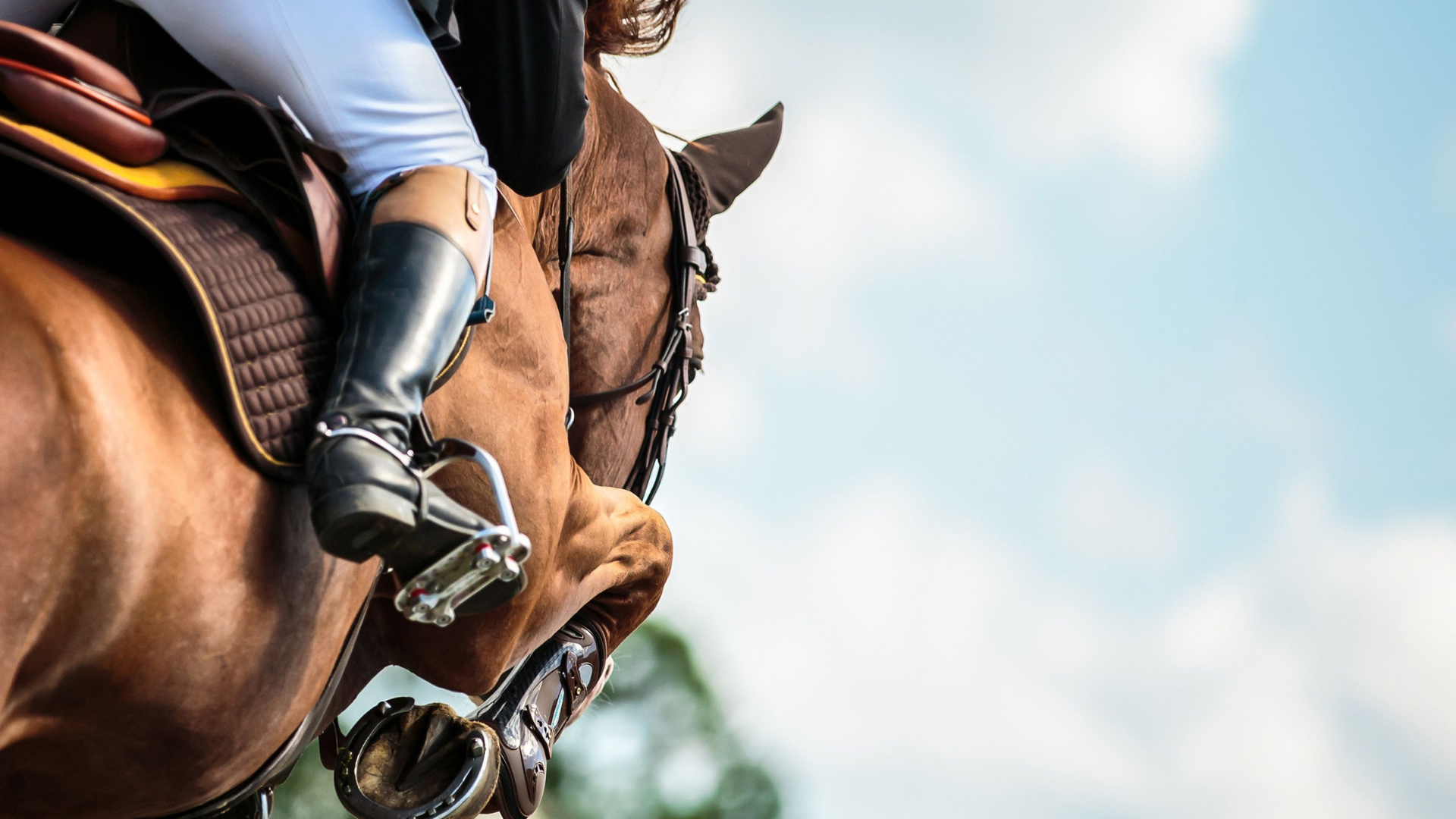
February 6, 2024
Know Your Horse Inside Out
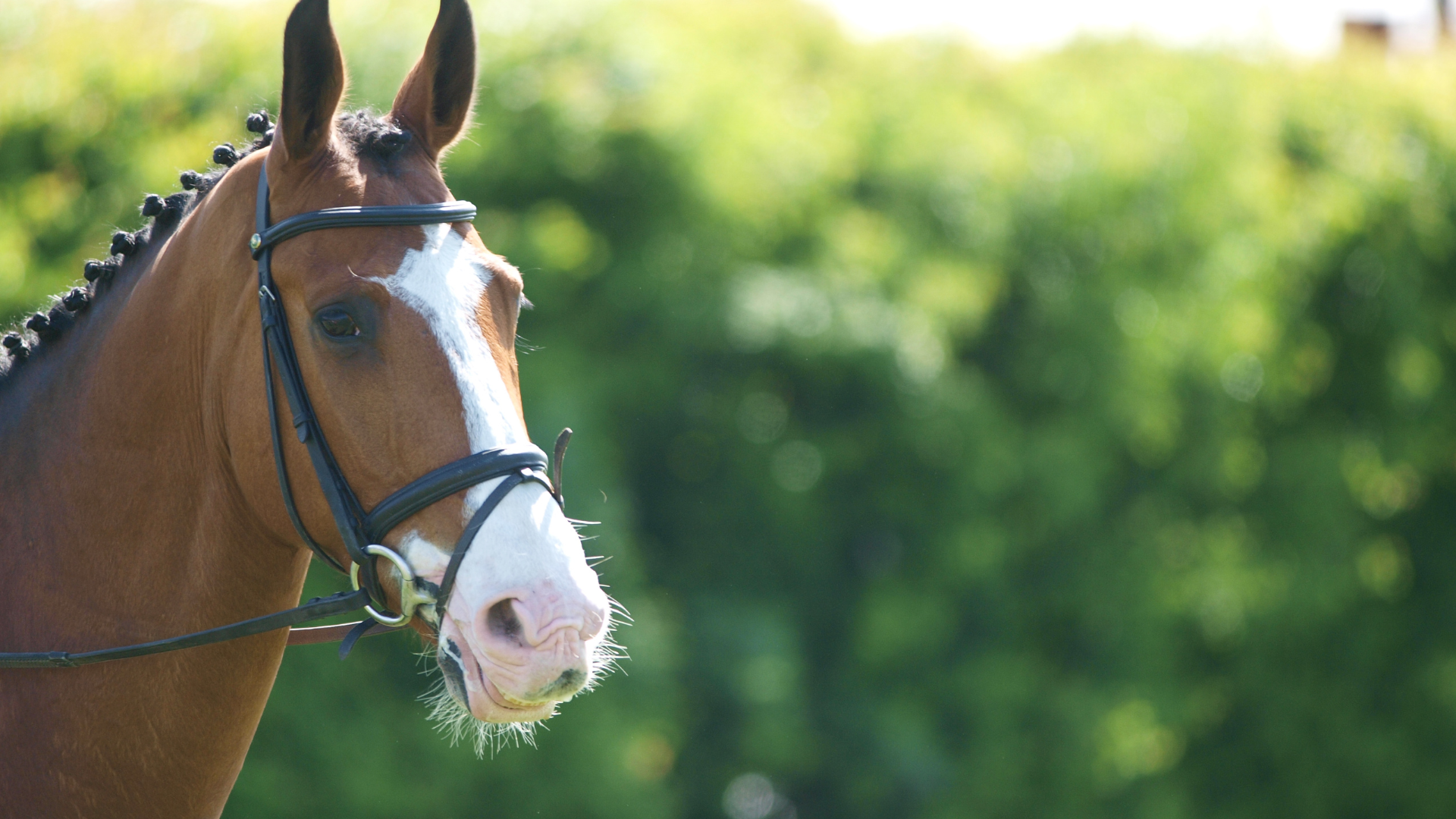
December 11, 2023
How To Get The Most Out Of Your Horse Forage During Winter

November 7, 2023
Which Hay Shall I Feed My Horse or Pony?
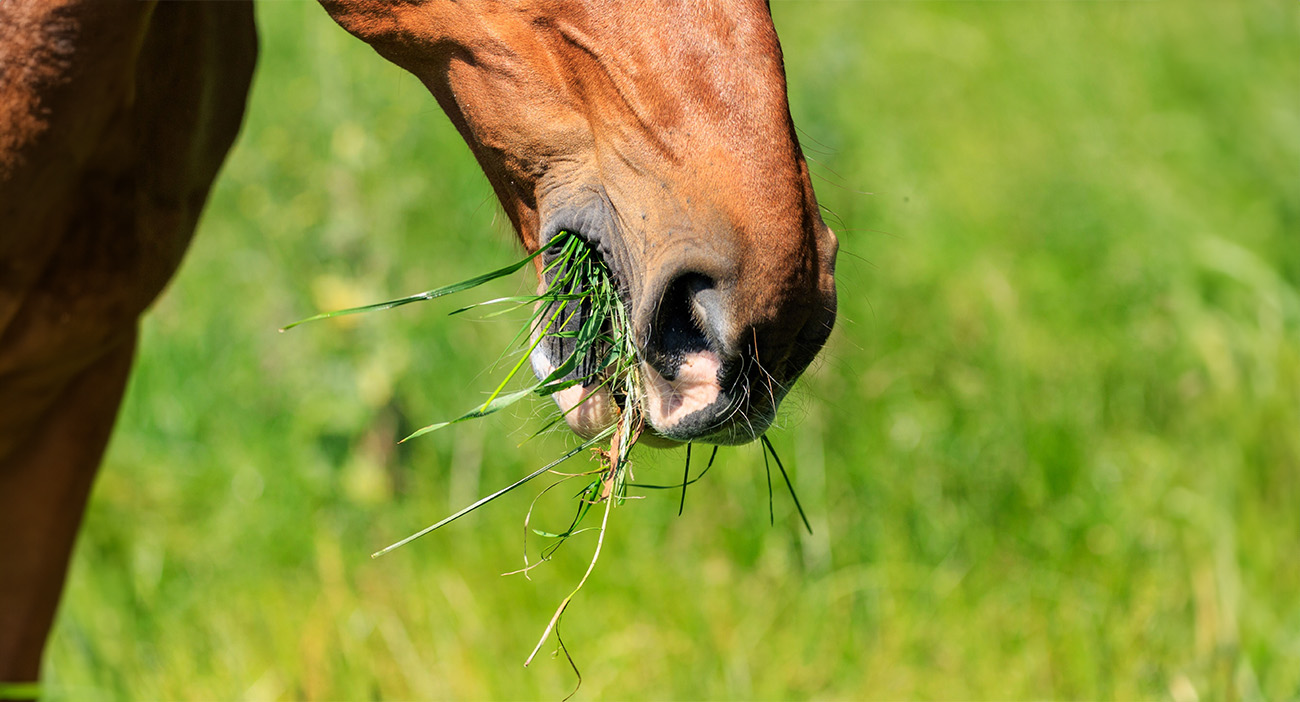
September 14, 2023
Hay Exportation – Why Choose British Hay?

April 24, 2023
Changing Your Horses Diet From Winter to Spring
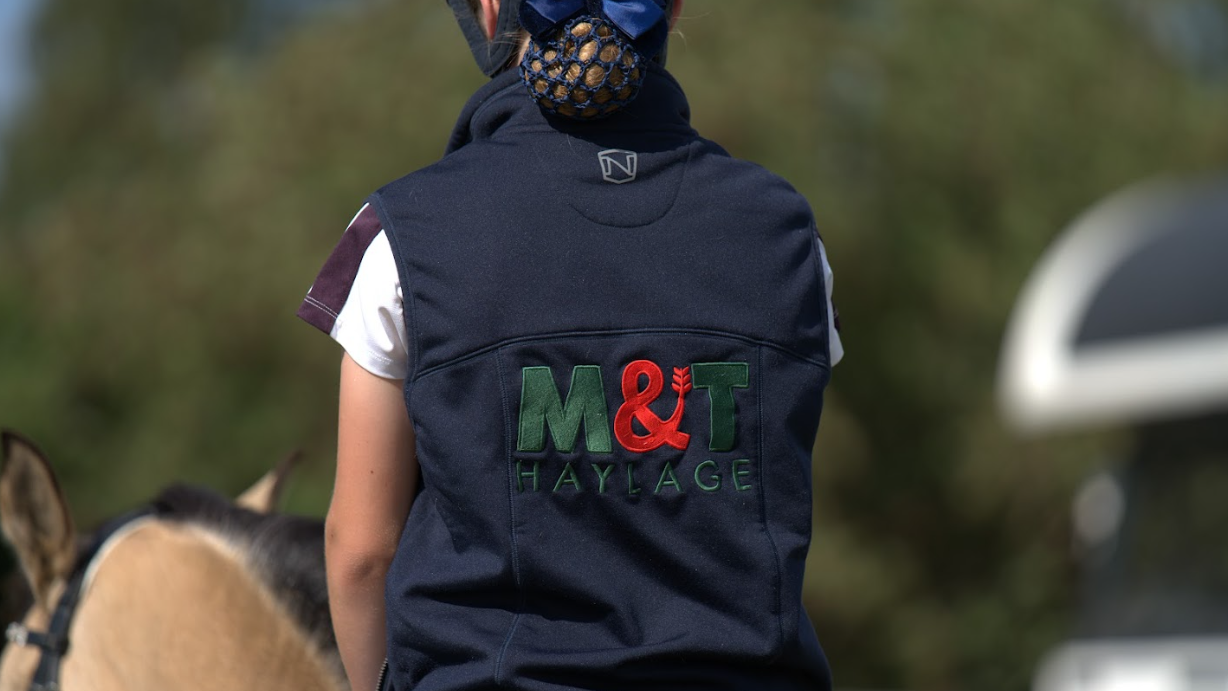
March 3, 2023
Hay vs Haylage: Which Is The Right Option For Your Horse?
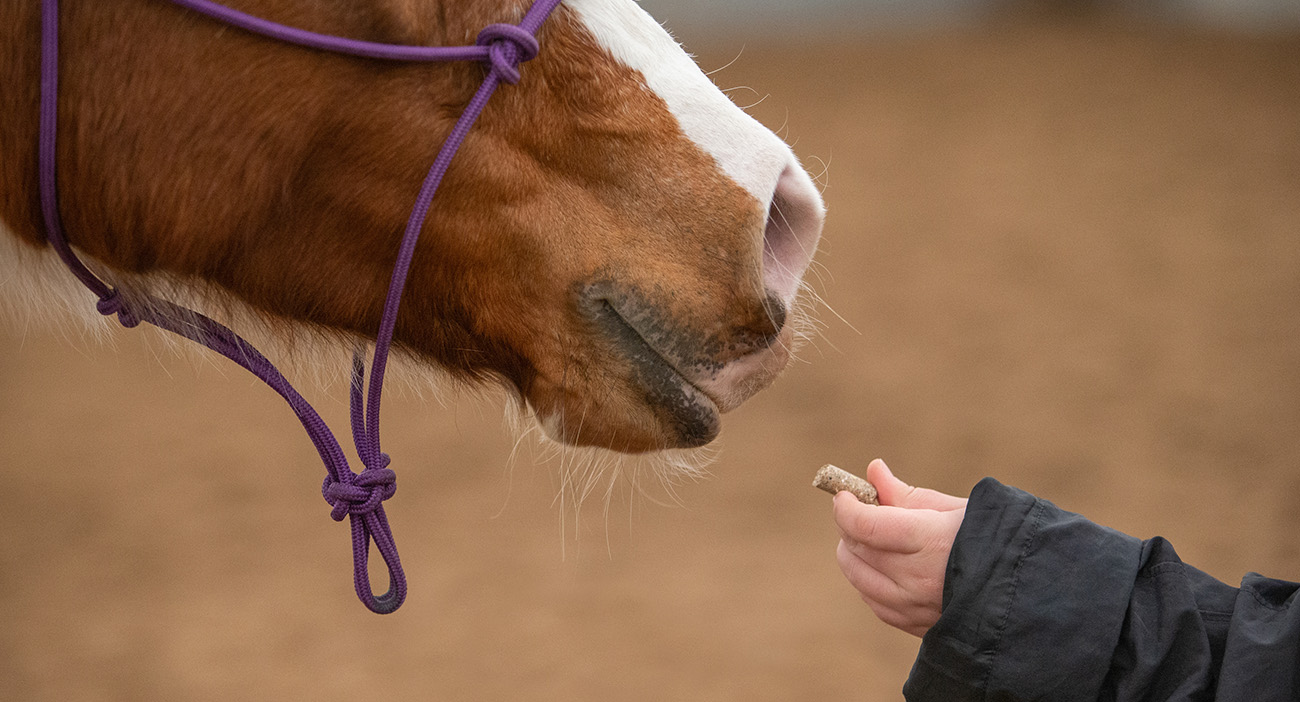
January 13, 2023
How To Bring A Horse Back Into Work After A Break

November 23, 2022
How To Body Condition Score Your Horse
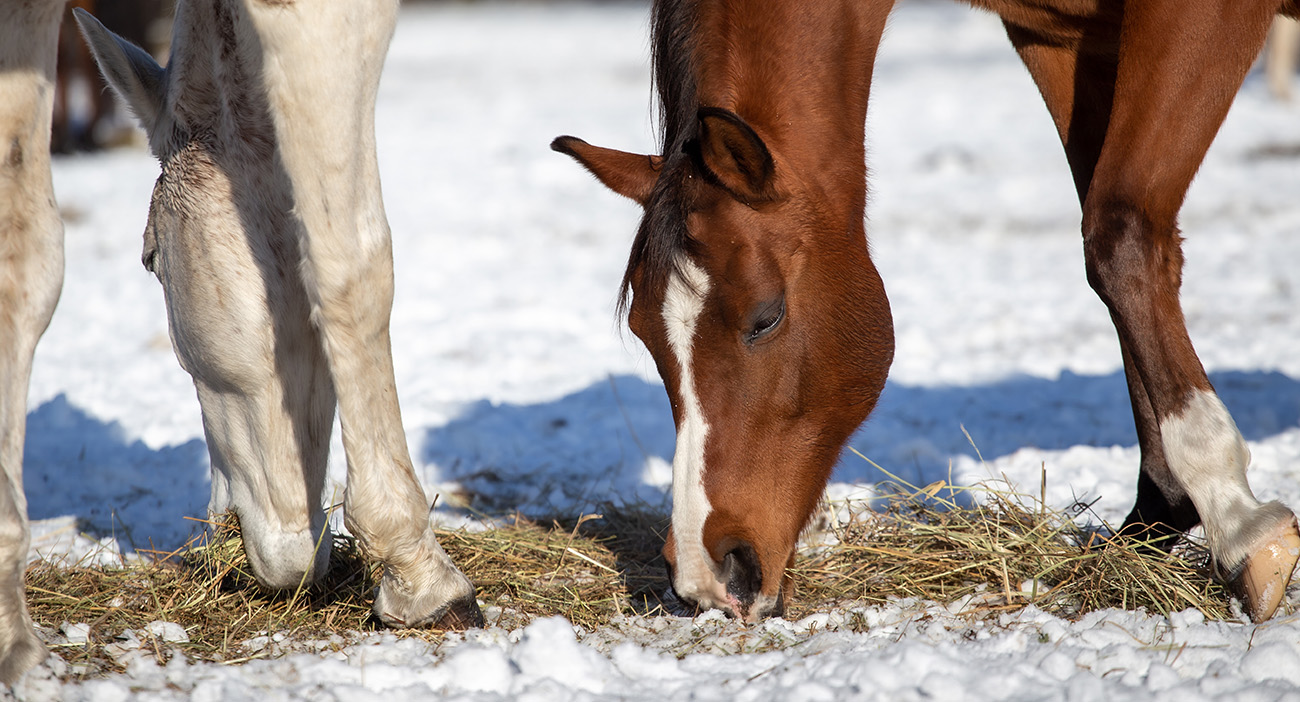
November 7, 2022
Winter Feeding Tips For Horse Owners
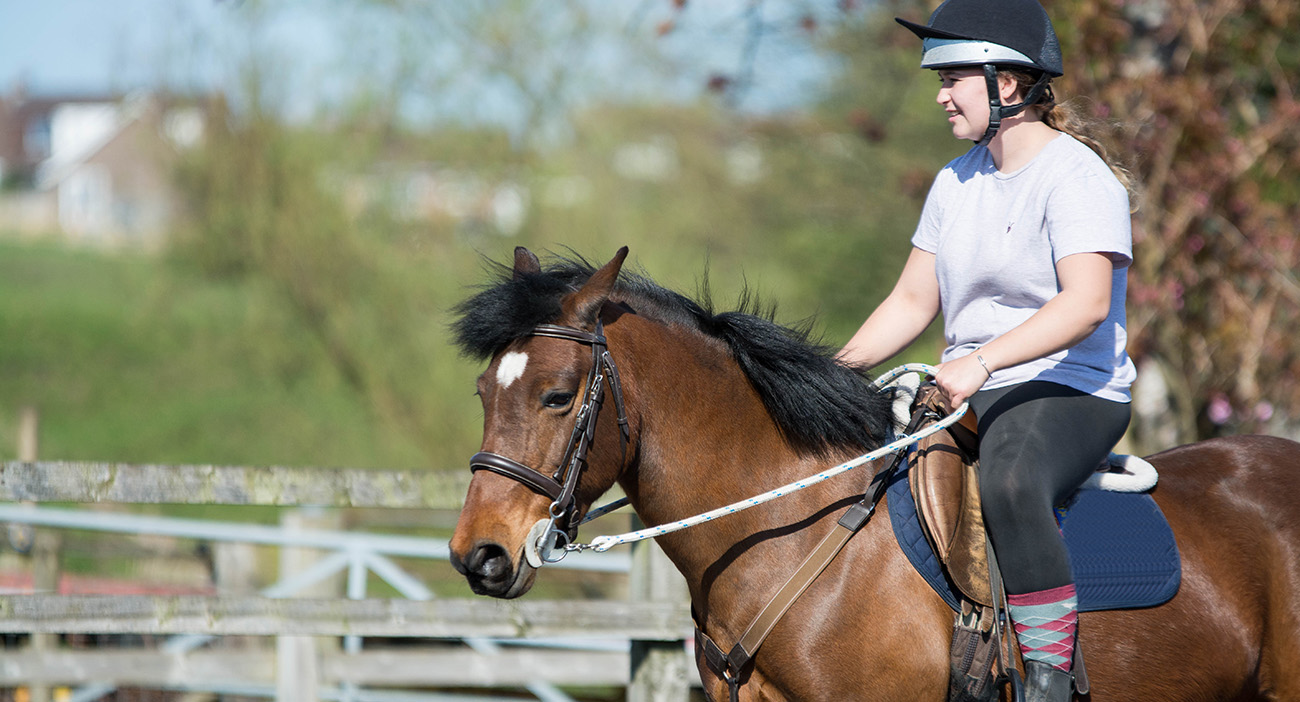
October 20, 2022
Money Saving Tips For Horse Owners
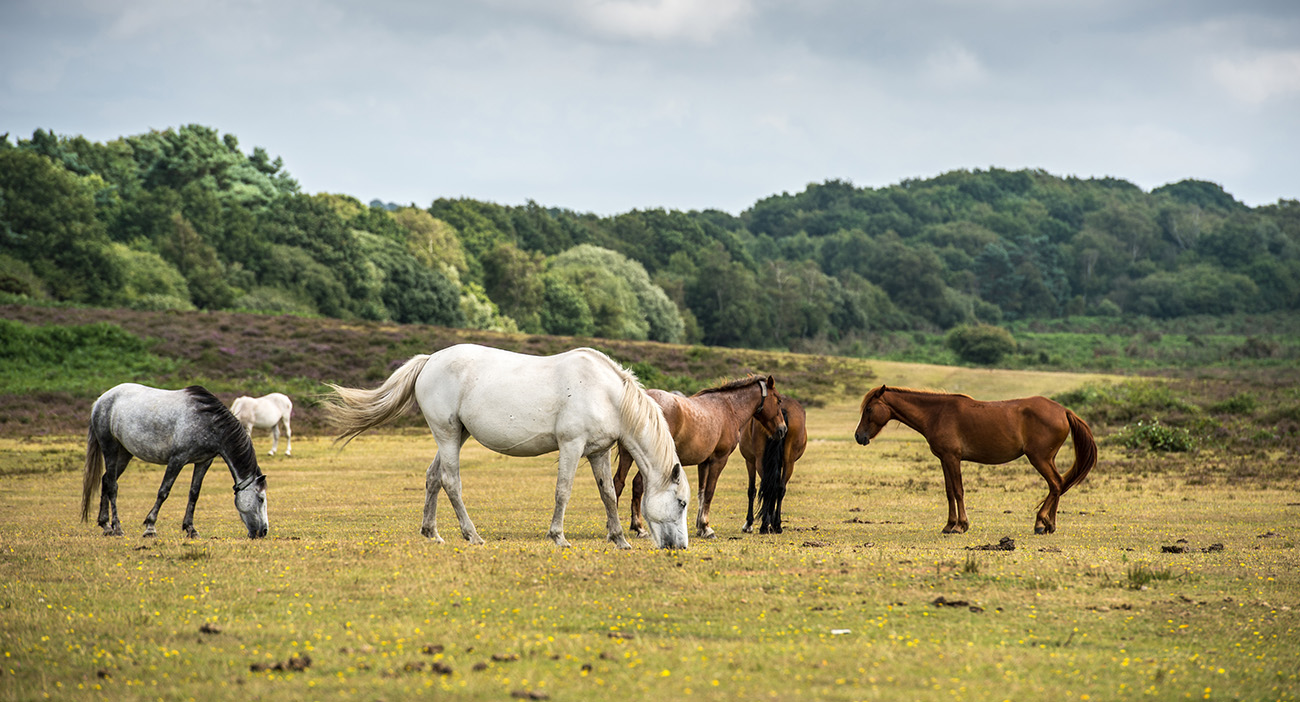
October 3, 2022
8 Ways To Keep Your Horse Entertained

September 30, 2022
Equestrian Question and Answer Session: Sophie Platt
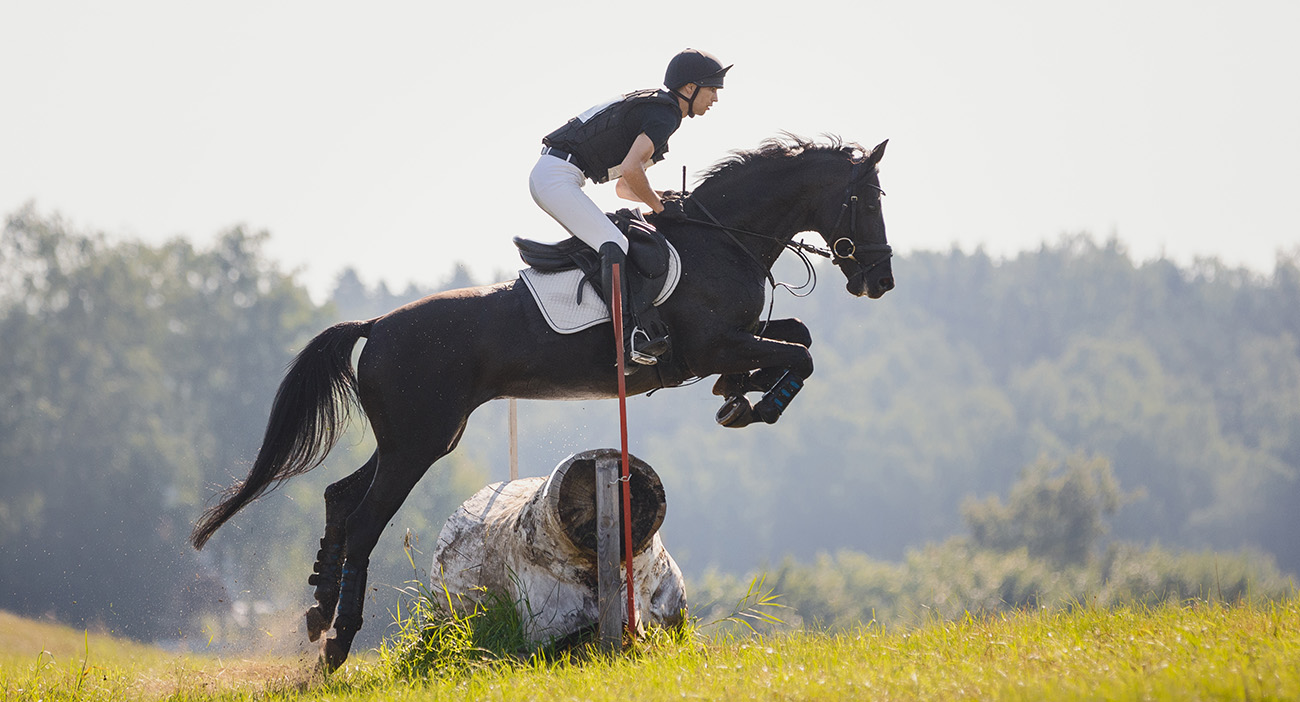
August 25, 2022
Preparing Your Horse For Competition
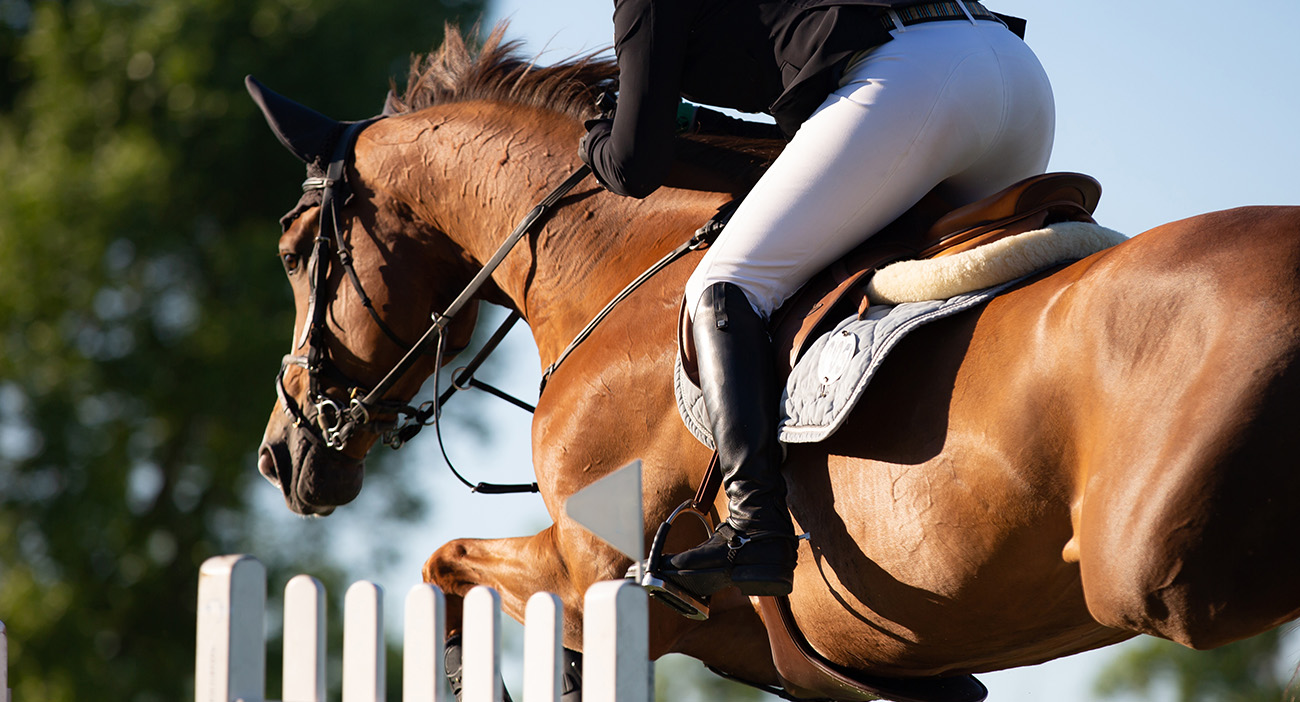
July 28, 2022
What Is Normal For My Horse?
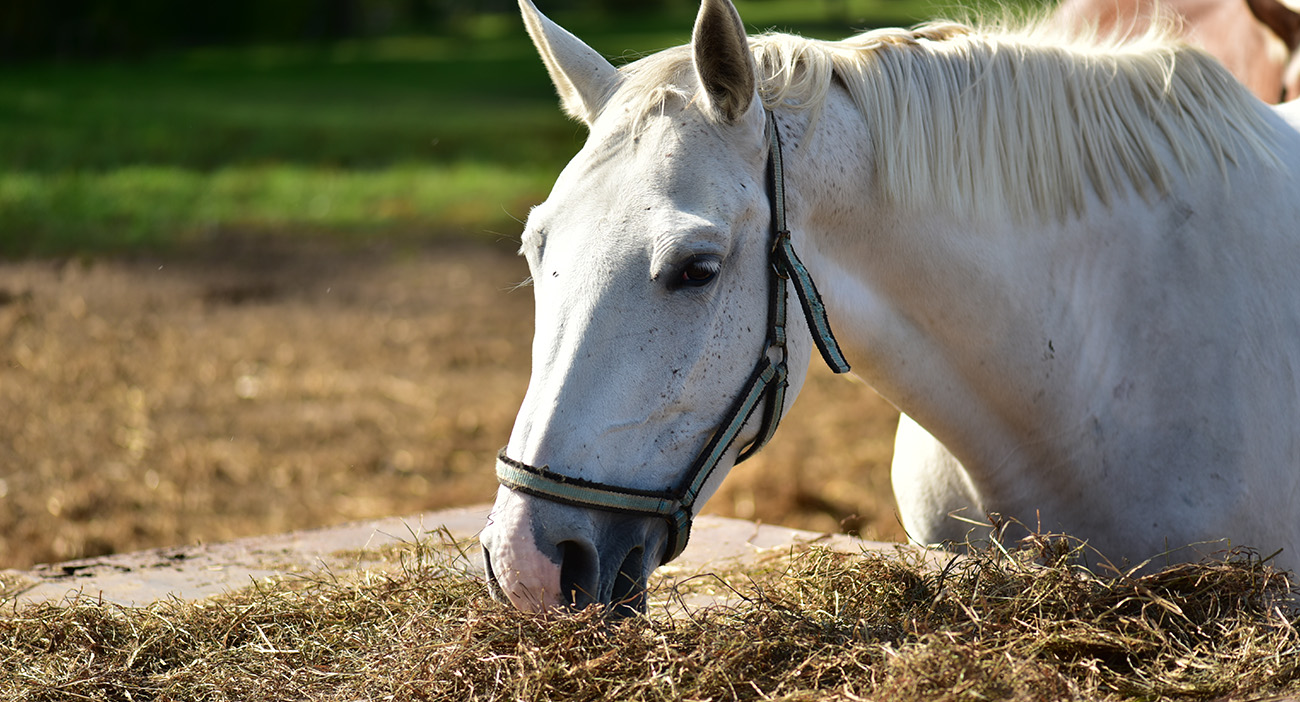
June 30, 2022
Compeition Horses: Managing Forage and Water Intake
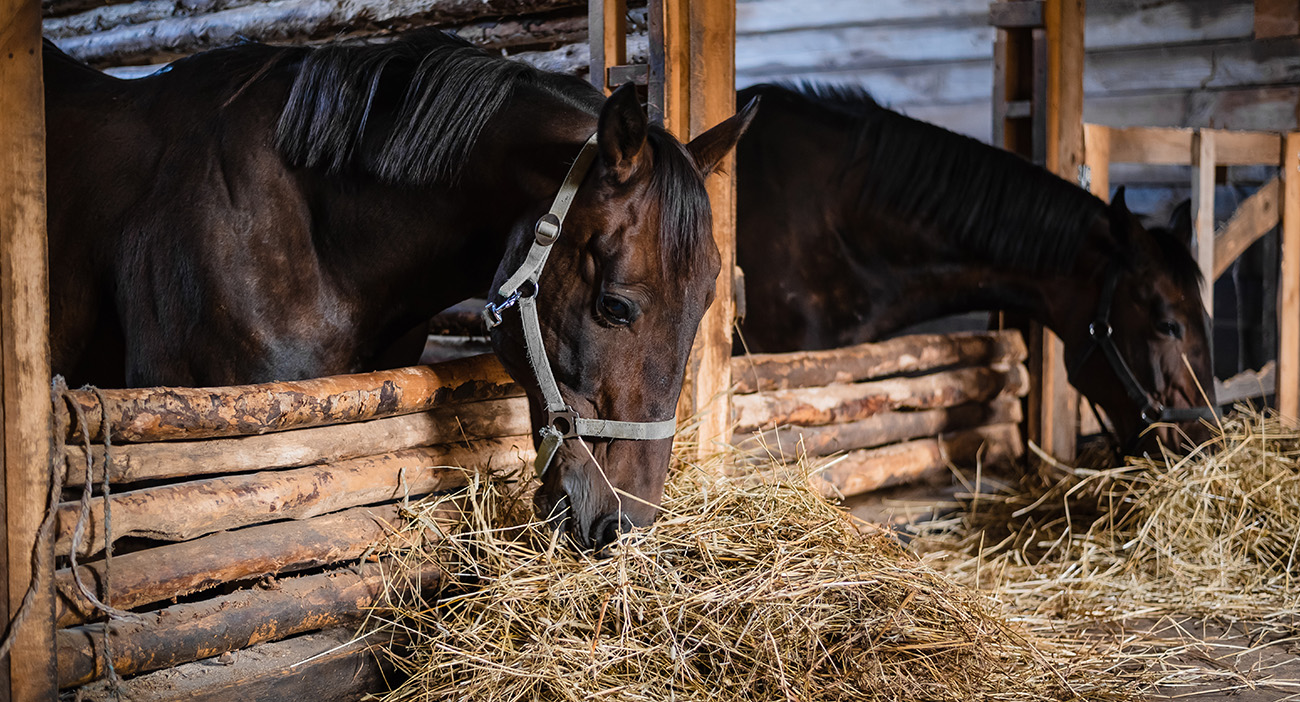
October 1, 2021
How To Feed EMS Horses: Nutritionist Top Tips For Horses
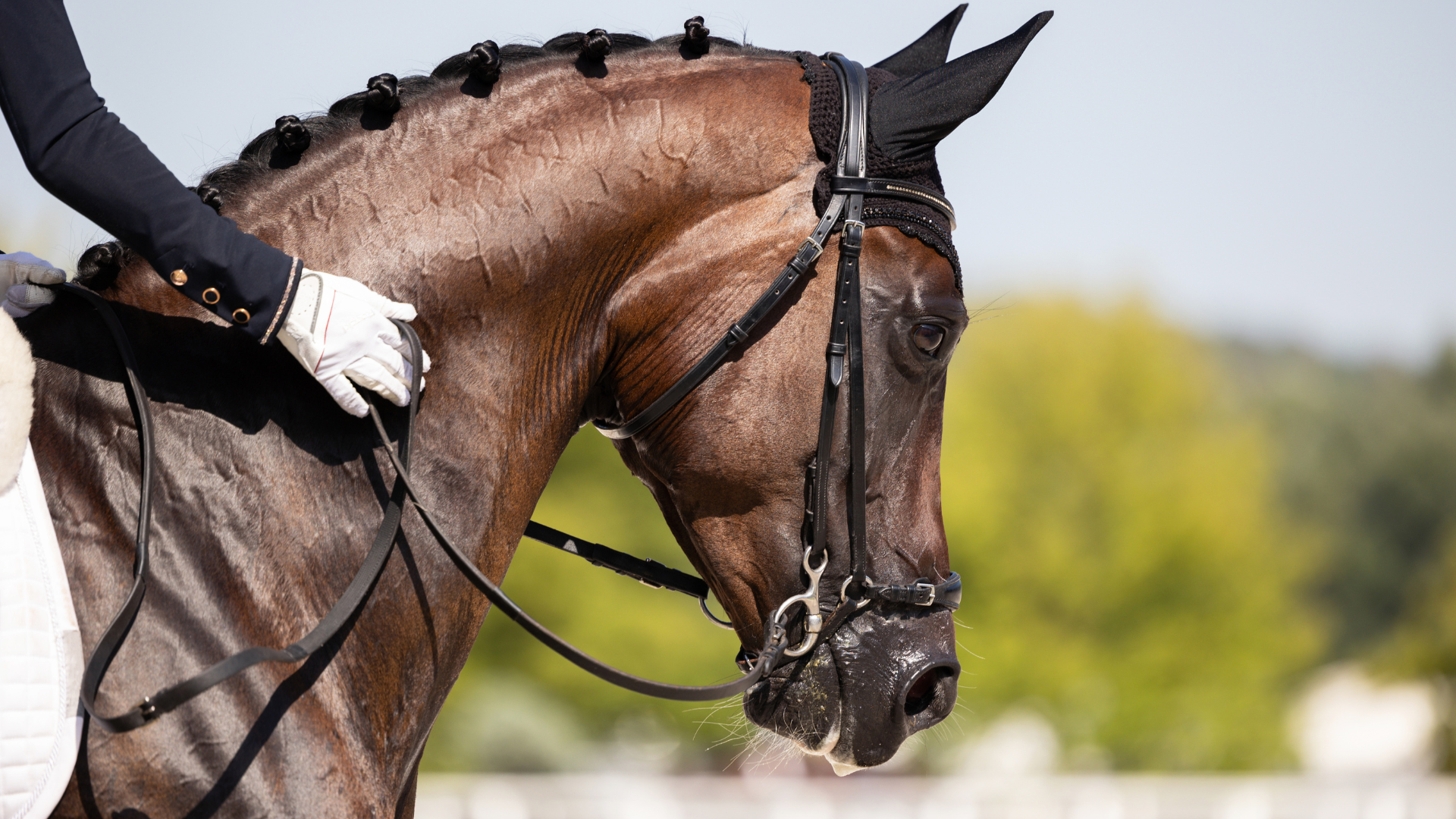
September 22, 2021
Feeding The Equine Athlete
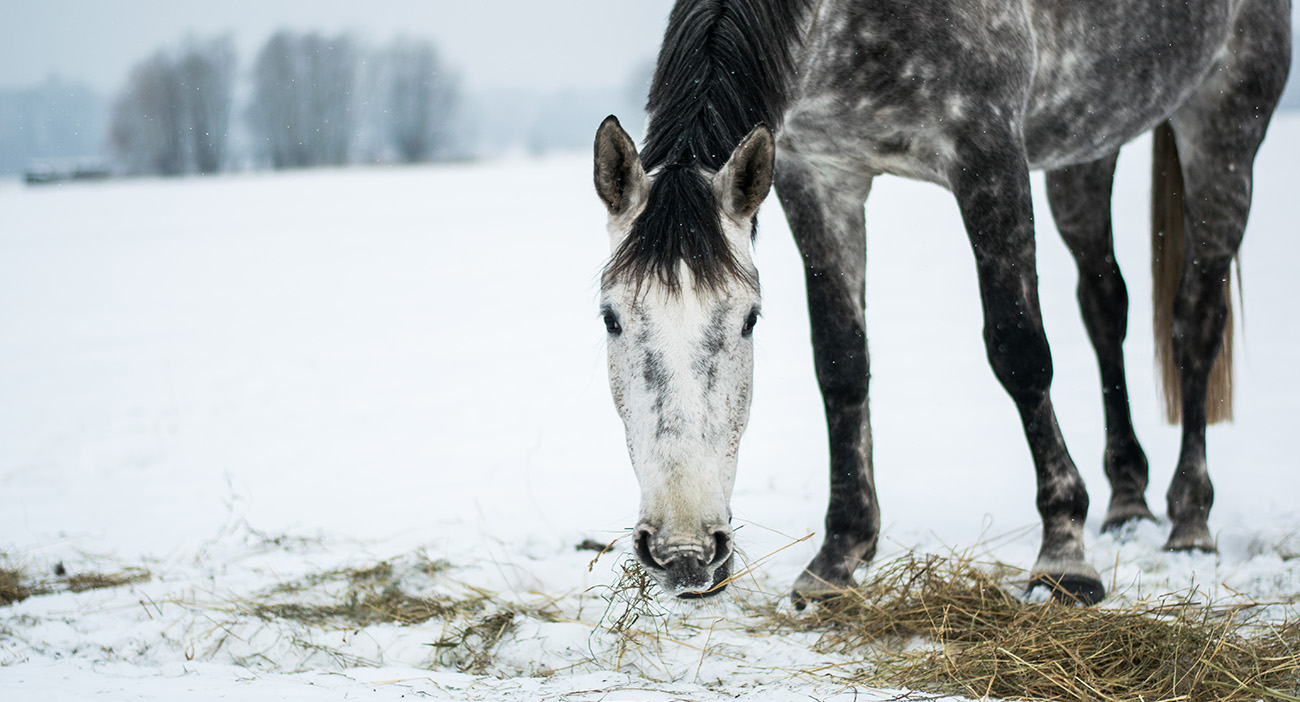
September 7, 2021
How To Feed Your Horse Indoors This Winter
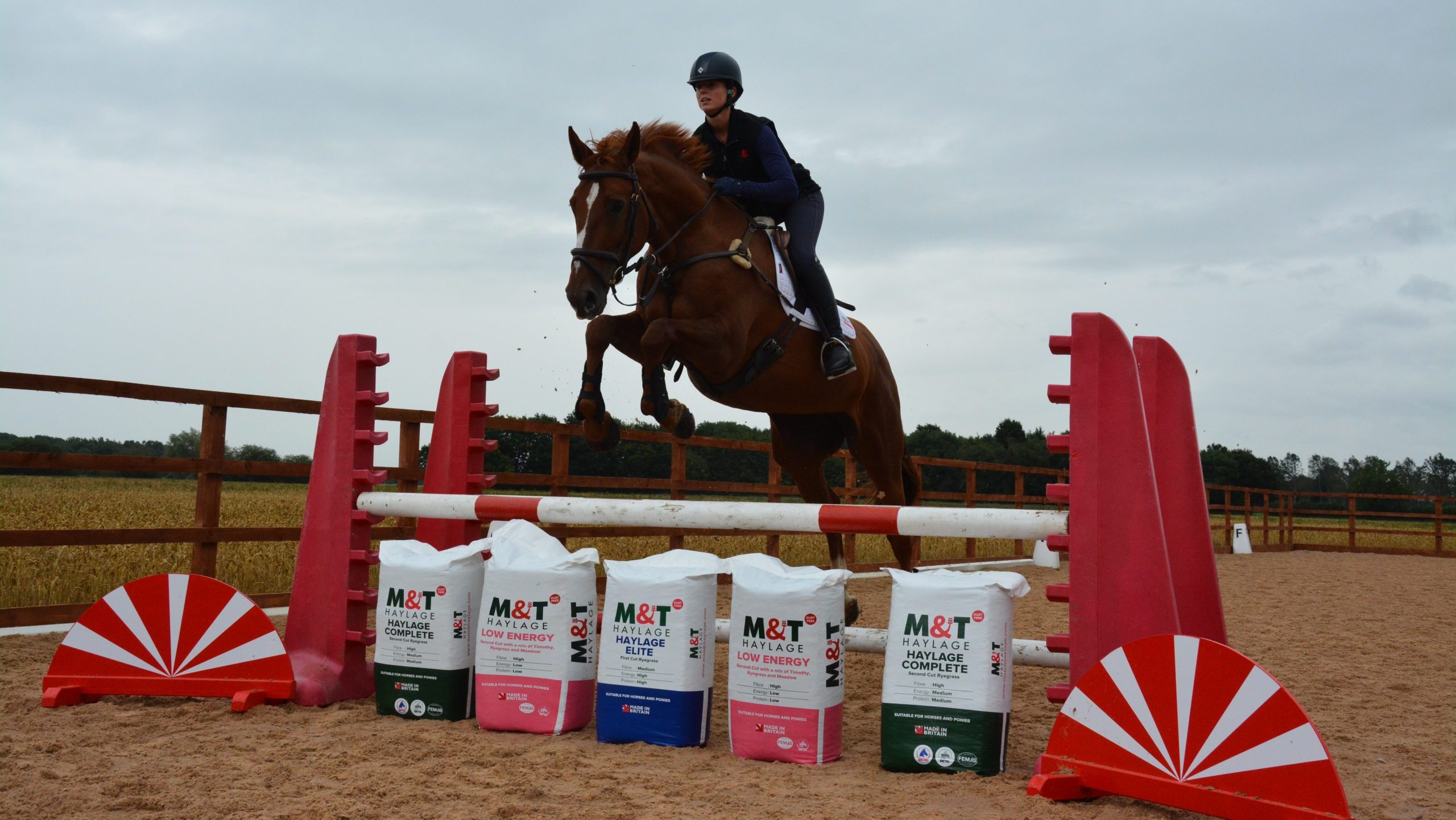
December 7, 2020
Premium Horse Forage: Ask The Nutritionist
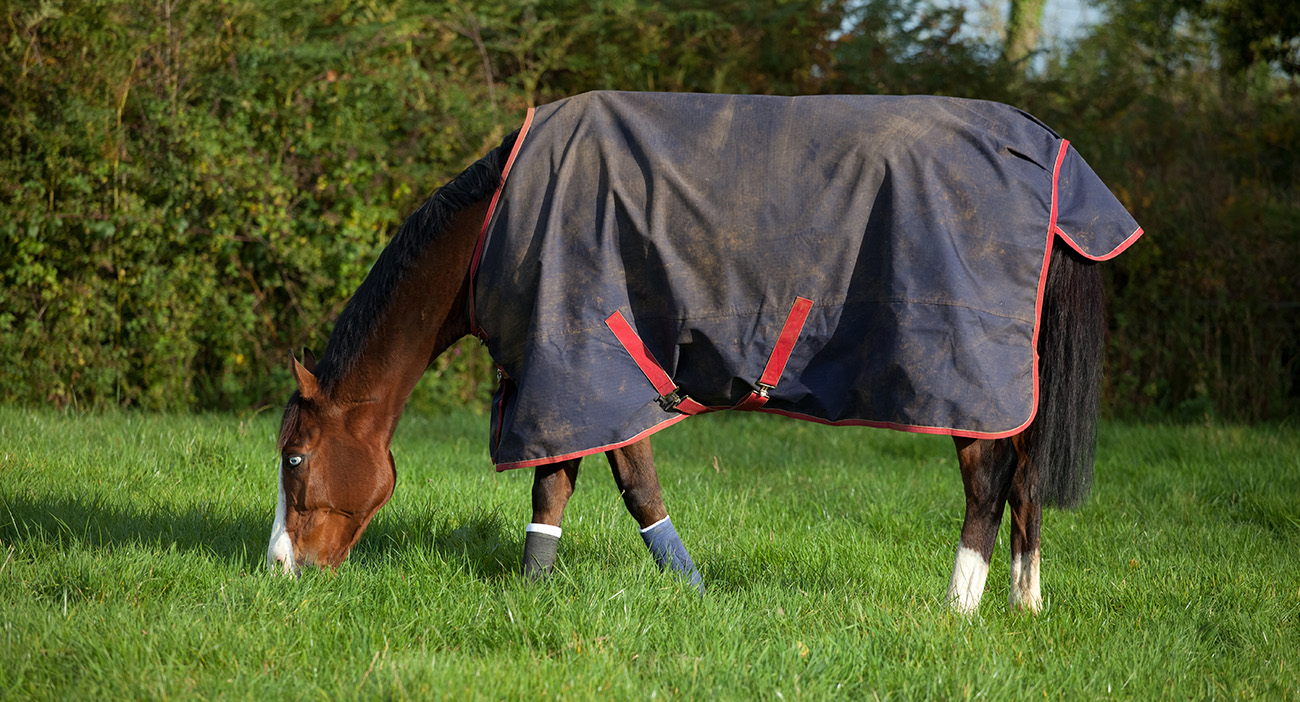
July 9, 2020
Top Tips For Managing Forage For Horses On The Go: Part One
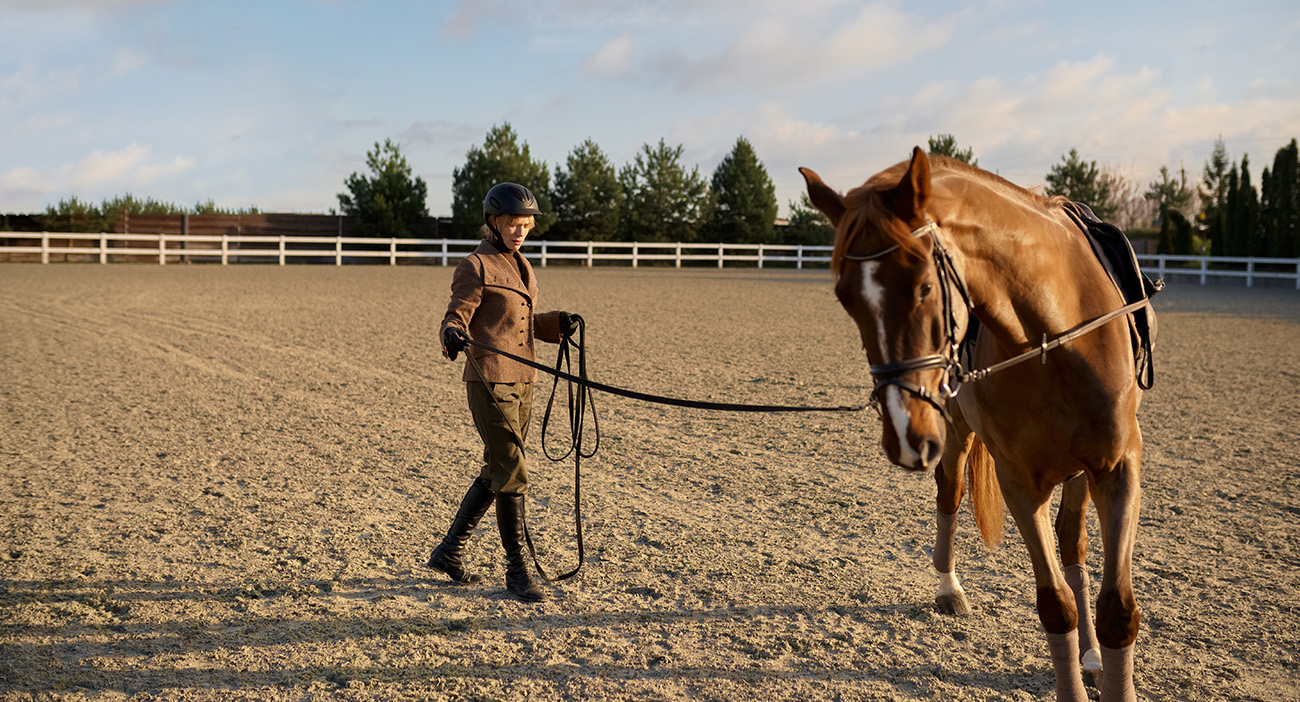
January 16, 2020
Haylage Myth Buster: Nutritionist Top Tips for Horses





